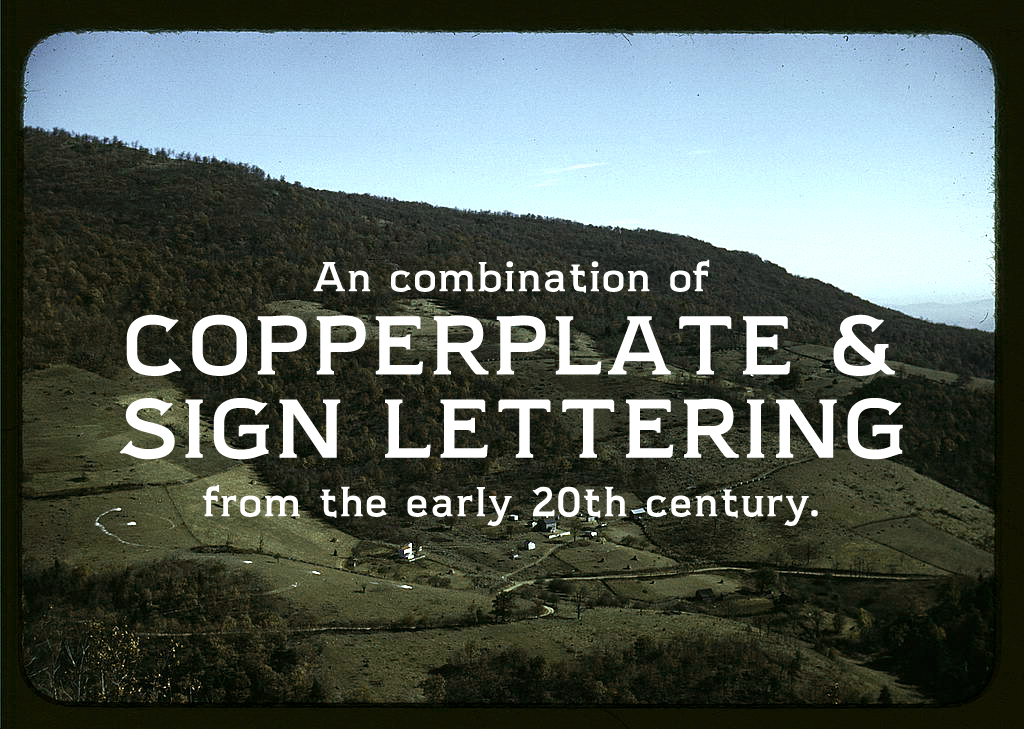
Right off the bat, we know that chaptalizing wine is the process of adding sugar to the must. If everything goes well in the fermentation process, the Brix-to-alcohol should look something like this: BRIX Keep in mind that Brix corresponds with the potential alcohol content for a dry wine. Knowing Brix is interesting because different winemaking techniques will make an effect on the alcohol content you end up with. Remember, each gram of fermented sugar will turn into a half gram of alcohol. Knowing this, you’ll know how much more sugar you should add to your own wines when making it at home. This is done by determining the sugar level in grapes. Brix also comes with a number after it like, for instance, 19.5 up to 26 some of the time.īrix or ☋x is how the potential alcohol content of wine is measured before it’s made.
#Winemaking target applewine ideal final brix how to#
What is Brix and How to Calculate it When WinemakingĮver glanced at a wine bottle tech sheet? If you have, then you probably already came across the word “Brix” more than a couple of times. Read also: Best Wine for People Who Don’t Like Wine This would be a rough calculation for how much you should add to your wine musts. To achieve a 14% alcohol content in your wine you can calculate how much alcohol content your finished wine should have by calculating the Brix. We’ll get to high alcohol wines in a bit. In order to ensure good concentration, the minimal alcoholic concentration in your wine should be 14%, though you can definitely make wine that approaches 18% in alcohol content. Now, if you’re looking to achieve a wine you want to preserve and age wholely, you’ll need to create a wine with a rather high alcohol content, which means more sugar. Riper grapes will have higher sugar levels, but if you find that grapes aren’t as ripe, you will add sugar to aid the fermentation and finally achieve your desired alcohol percentage or level. NOTE: Chaptalization is actually banned in some countries as well as in the State of California. This alcoholic fermentation takes place when the yeast metabolizes a sugar source, which can take the form of sucrose, glucose, or fructose and turns in into ethanol (alcohol) and carbon dioxide.

Interestingly enough, this chaptalization process is done in certain locations of the world where grapes aren’t developing the levels of sugar needed to reach a standard alcohol percentage, which is 12-14% in wine. This process of adding sugar to your wines is called chaptalization.

Adding sugar to your crushed grapes creates the fermentation process in the juice.

If you’re an avid at-home-winemaker, you’re aware that the alcohol in your wine comes from the sugar you add to it. Getting into Detail: How Much Sugar to Add When Making Wine


 0 kommentar(er)
0 kommentar(er)
